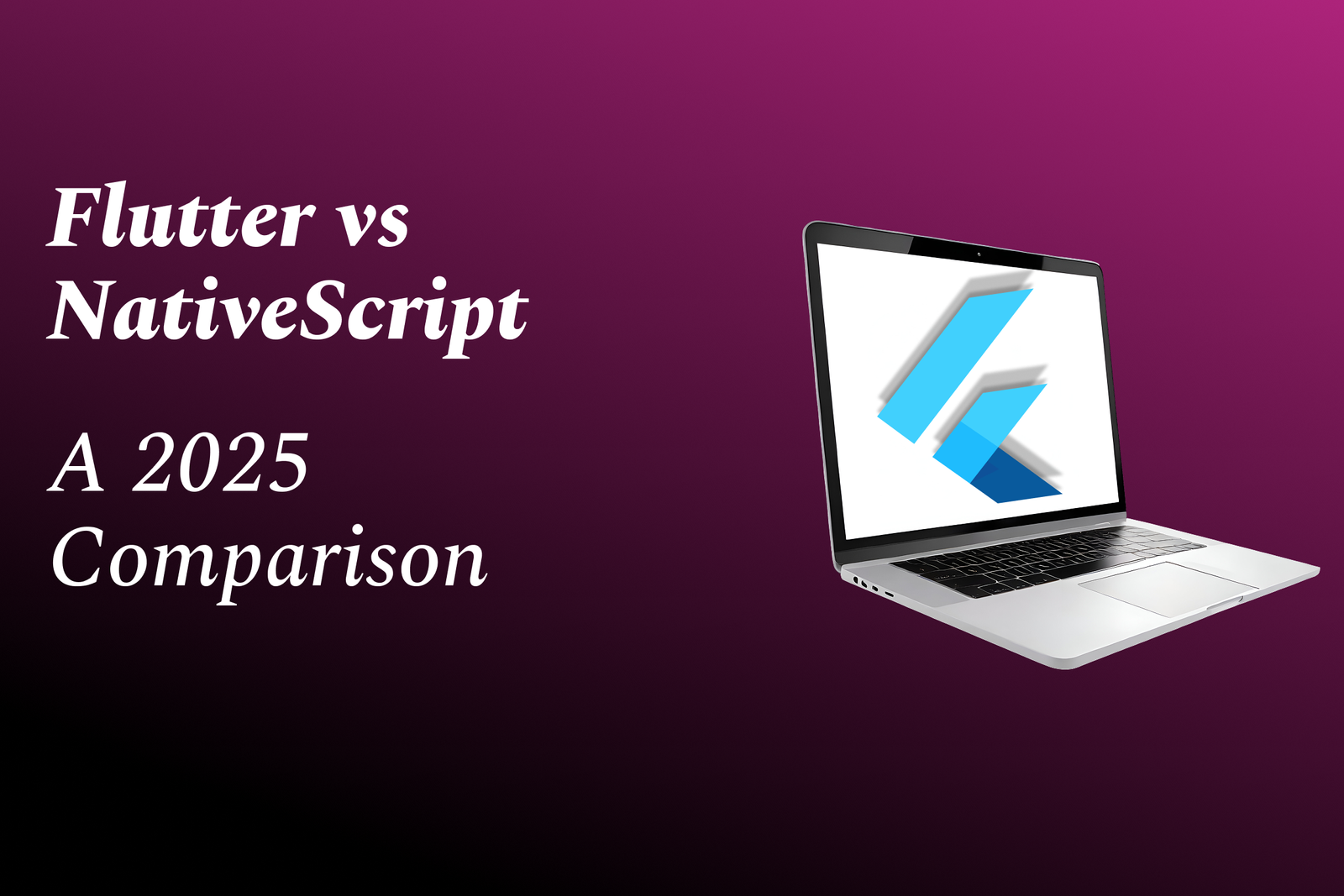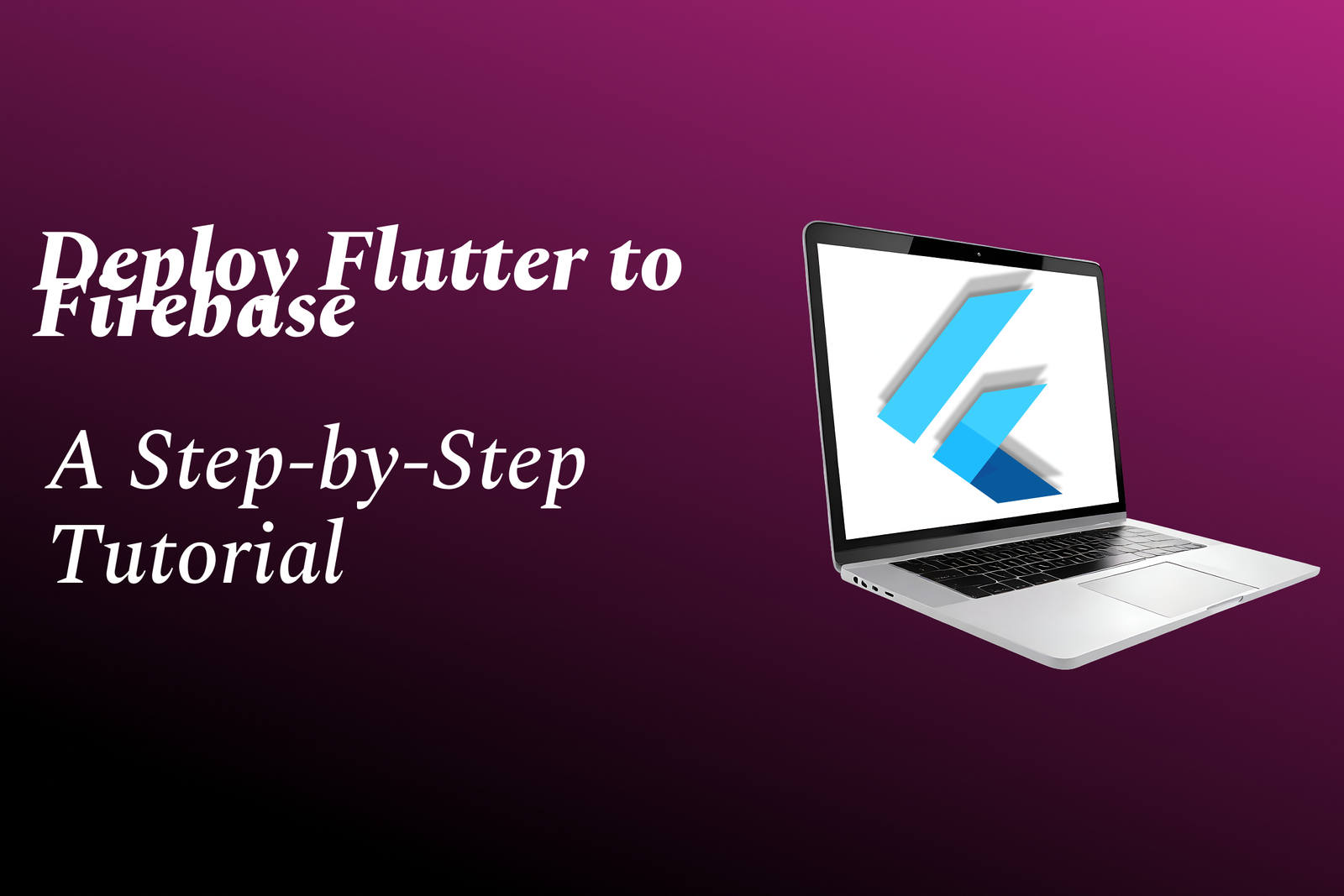Power Bi Training Deep Dive Materials
Power BI Training Deep Dive materials provide comprehensive resources for individuals seeking in-dep
Power Bi Training Deep Dive Materials
Power BI Training Deep Dive materials provide comprehensive content to enhance data visualization, data modeling, and analysis skills. These materials offer detailed explanations, interactive exercises, and hands-on labs, empowering individuals to master the advanced features of Power BI, including data preparation, DAX (Data Analysis Expressions) functions, custom visuals, and more. By delving into these materials, professionals can gain practical knowledge and expertise to create impactful dashboards, reports, and data-driven insights that inform decision-making and drive business outcomes.
To Download Our Brochure: https://www.justacademy.co/download-brochure-for-free
Message us for more information: +91 9987184296
Power BI Training Deep Dive materials provide comprehensive content to enhance data visualization, data modeling, and analysis skills. These materials offer detailed explanations, interactive exercises, and hands on labs, empowering individuals to master the advanced features of Power BI, including data preparation, DAX (Data Analysis Expressions) functions, custom visuals, and more. By delving into these materials, professionals can gain practical knowledge and expertise to create impactful dashboards, reports, and data driven insights that inform decision making and drive business outcomes.
Course Overview
The Power BI Training Deep Dive Materials course provides a comprehensive understanding of Microsoft Power BI, including advanced features such as DAX, modeling, visualizations, and report optimization. This course is designed for individuals with a foundational knowledge of Power BI who wish to enhance their skills and become proficient in data analysis and visualization.
Course Description
Empower yourself with in-depth knowledge of Power BI through this comprehensive training course. Dive deep into the capabilities of the platform, mastering data modeling, DAX formula creation, advanced visualizations, and report optimization. Enhance your skills to extract meaningful insights and make data-driven decisions that drive business success.
Key Features
1 - Comprehensive Tool Coverage: Provides hands-on training with a range of industry-standard testing tools, including Selenium, JIRA, LoadRunner, and TestRail.
2) Practical Exercises: Features real-world exercises and case studies to apply tools in various testing scenarios.
3) Interactive Learning: Includes interactive sessions with industry experts for personalized feedback and guidance.
4) Detailed Tutorials: Offers extensive tutorials and documentation on tool functionalities and best practices.
5) Advanced Techniques: Covers both fundamental and advanced techniques for using testing tools effectively.
6) Data Visualization: Integrates tools for visualizing test metrics and results, enhancing data interpretation and decision-making.
7) Tool Integration: Teaches how to integrate testing tools into the software development lifecycle for streamlined workflows.
8) Project-Based Learning: Focuses on project-based learning to build practical skills and create a portfolio of completed tasks.
9) Career Support: Provides resources and support for applying learned skills to real-world job scenarios, including resume building and interview preparation.
10) Up-to-Date Content: Ensures that course materials reflect the latest industry standards and tool updates.
Benefits of taking our course
Functional Tools
1 - Power BI Desktop:
Free desktop application for creating and publishing Power BI reports and dashboards.
Offers a user friendly interface, drag and drop functionality, and powerful data transformation and visualization capabilities.
2) Power BI Service:
Cloud based service for sharing and collaborating on Power BI reports and dashboards.
Enables users to publish and consume reports, create workspaces, and access data from various sources.
3) Power BI Embedded:
Allows developers to embed Power BI reports and dashboards into their applications.
Enables users to access data and insights within the context of their business applications.
4) DAX (Data Analysis Expressions):
Formula language used in Power BI to create calculated columns, measures, and other calculations.
Provides powerful and flexible capabilities for manipulating and analyzing data.
5) Power Automate:
Cloud based workflow automation service that can be integrated with Power BI.
Allows users to automate tasks, such as sending email notifications, exporting reports, and refreshing data, based on specific triggers.
6) Power BI Data Connect:
Desktop utility that helps users connect to data sources from various platforms, including databases, flat files, and web services.
Simplifies the process of importing data into Power BI Desktop.
Strategies to Get More Points:
1. Refine Language Models (LLMs):
- Train LLMs on larger datasets to enhance their knowledge and accuracy.
- * Introduce new training objectives to target specific tasks or domains.
- * Implement advanced architectures and techniques (e.g., transformers, attention mechanisms).
- 2. Improve Dataset Quality:
- * Gather high quality and diverse data for training LLMs.
- * Use techniques like data augmentation and filtering to remove noise.
- * Collaborate with domain experts to annotate and validate data.
- 3. Customize Models for Specific Tasks:
- * Fine tune pre trained LLMs on smaller, task specific datasets.
- * Add task specific modules to tailor models for target tasks.
- * Explore transfer learning techniques to leverage knowledge from related tasks.
- 4. Optimize Training Process:
- * Experiment with different training parameters (e.g., learning rate, batch size).
- * Use regularization techniques to prevent overfitting.
- * Implement early stopping and checkpoints to avoid overtraining.
- 5. Evaluate and Iterate:
- * Regularly assess model performance on benchmark datasets.
- * Identify areas for improvement and iterate on the training process and model architecture.
- * Leverage feedback from end users to refine performance.
- 6. Utilize Cloud and High Performance Computing (HPC):
- * Train models on large scale cloud or HPC infrastructure to reduce training time.
- * Implement parallel computing techniques to speed up processing.
- * Explore distributed training frameworks for efficient model parallelization.
- 7. Foster Collaboration:
- * Collaborate with researchers, engineers, and scientists to share knowledge and resources.
- * Attend conferences and workshops to learn about best practices.
- * Engage with the open source community to contribute and benefit from advancements.
- 8. Leverage Advancements in AI:
- * Explore new AI techniques (e.g., few shot learning, meta learning) to improve model performance.
- * Utilize emerging technologies like quantum computing and neuromorphic computing.
- * Apply AI to analyze model performance and identify areas for enhancement.
- 9. Focus on Ethical Considerations:
- * Ensure that models are developed responsibly and with ethical principles in mind.
- * Address potential biases and ensure fairness in model output.
- * Consider the impact of models on society and the environment.
- Participate in discussions:* Engage in conversations and share your thoughts and insights on the topics being discussed.
- Ask thoughtful questions:* Demonstrate that you're interested in the topic and want to learn more.
- Create valuable content:* Share articles, resources, or ask questions that add value to the community.
- Up vote and comment on others' posts:* Show appreciation for others' contributions and engage with their ideas.
- Be active on a regular basis:* Consistency shows that you're invested in the community.
- Invite others:* Encourage friends, colleagues, or other interested parties to join the community.
- Follow the community guidelines:* Respect others' opinions and adhere to the rules of the community.
- Earn badges and participate in contests:* Some communities offer rewards or recognition for participation.
- Network and build relationships:* Connect with other members and establish relationships that can be mutually beneficial.
- Become a community moderator or contributor:* Volunteer to help manage the community and contribute to its growth.
Browse our course links : https://www.justacademy.co/all-courses
To Join our FREE DEMO Session: Click Here
This information is sourced from JustAcademy
Contact Info:
Roshan Chaturvedi
Message us on Whatsapp: +91 9987184296
Email id: info@justacademy.co
Android App For Socket Programming Python
Power Bi Course Sample Projects
Power Bi Desktop Device Certificate Not Found For Cert
Comprehensive Power BI Training: In-Depth Dive into Essential Concepts and Advanced Techniques
Comprehensive Power BI Training Materials for In-Depth Learning
Comprehensive Power BI Training Materials: A Deep Dive into Data Visualization and Analytics
Comprehensive Power BI Deep Dive Training Resources











